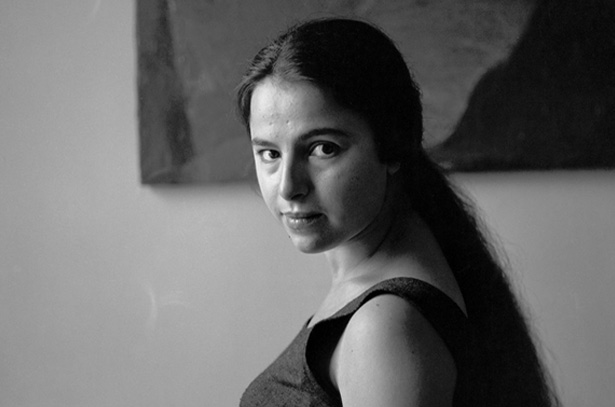“I remember always working with contradictions and contradictory forms, which is my idea also in life. The whole absurdity of life, everything for me has always been opposite. Nothing has ever been in the middle.” (E.H.)
Eva Hesse (1936-1970) is one of the icons of American art in the 1960s, her work being a major influence on subsequent generations of artists. Comprehensive solo exhibitions in the past 30 years as well as the recent retrospective that toured from the San Francisco Moma to the Museum Wiesbaden and finally to the Tate Modern in London have highlighted the lasting interest generated by the oeuvre of Eva Hesse.
The show at Hauser & Wirth Gallery in Zurich is curated by Sabine Folie and has been adapted from the exhibition shown at the Kunstahlle Wien, organised jointly by The Estate of Eva Hesse, Hauser & Wirth and the Kunsthalle Wien. The focus of the exhibition is on works produced immediately before and during Eva Hesse’s sojourn in Germany – the country from which she had been exiled along with her family in 1938. Invited by the industrialist and collector Friedrich Arnhard Scheidt, the sculptor Tom Doyle and his wife Eva Hesse took up temporary residence for a year in Germany. Their studio was set up in a disused part of Scheidt’s textile factory in Kettwig-on-the-Ruhr near Essen.
The sojourn in Germany represents a break in Eva Hesse’s personal and artistic development. It marks a kind of methodological turning point in her work, a movement away from painting and drawing towards collage and sculptural, three-dimensional works. In terms of subject-matter, it corresponds to a reduction of figural elements in favour of a linear, monochrome minimalism. The first drawings she made in Germany are collages in an abstract expressionist mode, ‘wild space’, as she called them in a letter dated 18 March 1965 to her friend Sol LeWitt. Subsequent drawings are increasingly more structured, the space is filled with grid-like patterns, squares and boxes of the sort that Hesse had been using since the early days of her career as an artist, with figuratively organic and machine-like elements growing out of the boxes. Soon after that, Hesse liberated herself from the constraints of space, turning to crystalline, linear ‘machine drawings’, no doubt inspired to some degree by the parts she found lying around Scheidt’s factory. This phase of formal reduction – Hesse speaks of ‘nonsense’, of non-signification that governs these drawings – would eventually lead to the three-dimensional reliefs that mark the decisive breakthrough towards sculpture in her work. Only later would the bright colours so typical of the whole of Hesse’s year in Germany give way to softer monochrome.
Along with the catalogue accompanying the exhibition, the Kunsthalle Wien has edited the notes Eva Hesse took during her stay in Germany, transcribed and annotated, with a German translation. The Datebooks provide insights into a phase that was one of individual and artistic transformation for the artist and can also be read as a detailed period document.
The Datebooks contain Eva Hesse’s comments on the many travels she made with Tom Doyle, the visits to exhibitions and encounters with other artists. They report travels to Brussels, Paris, Rome and Mallorca, trips to openings in Bern, Basel, Zurich, Düsseldorf etc. Hesse and Doyle found themselves, during their stay in Europe, at the confluence of diverse currents of the American and European avant-gardes. It is this mixture that provides the foundation for the more precise articulation of Hesse’s formal vocabulary.











